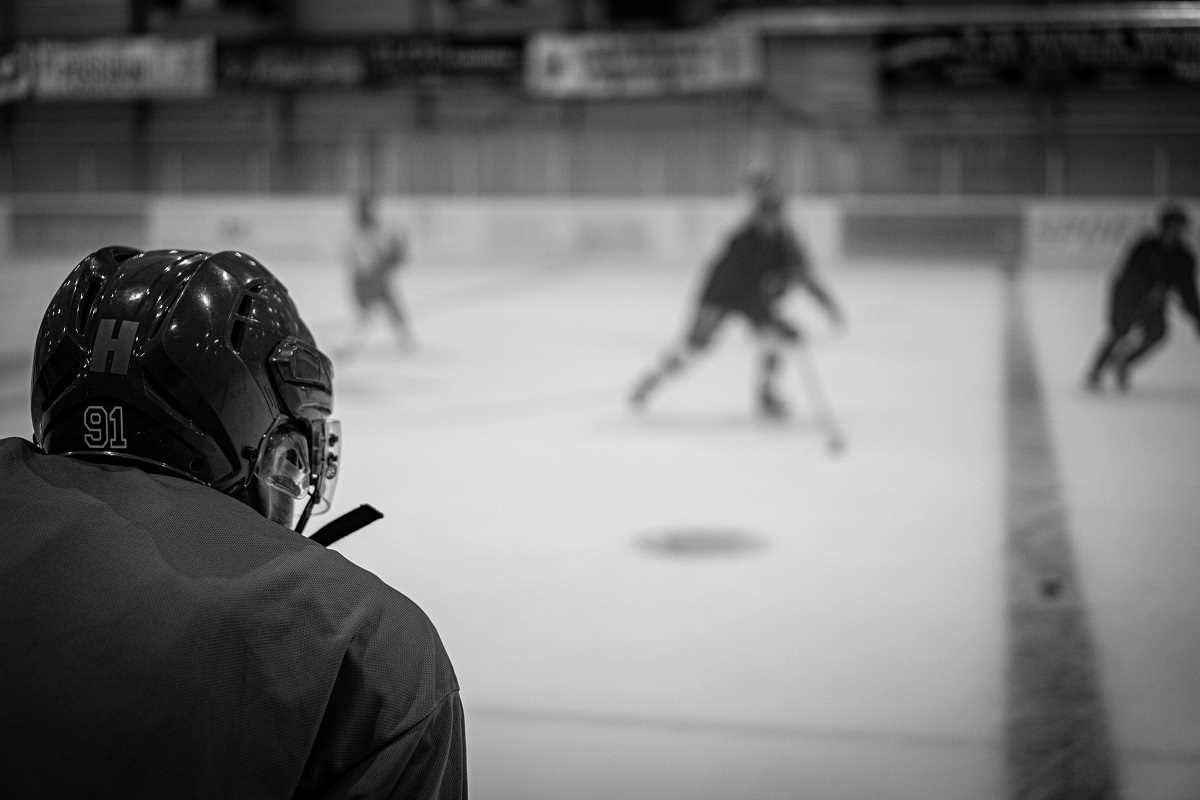Golf offers both challenge and satisfaction, especially as you work to refine your swing. Developing greater control and accuracy can change each round, making the experience more enjoyable and your results more impressive. As you focus on improving your swing, you gain confidence and set yourself up for better scores. Recognizing and addressing frequent mistakes leads to more consistent shots and greater power throughout your game. With a little patience and practice, you can unlock new levels of performance and find even more enjoyment every time you step onto the course.
A detailed look at your swing can uncover the hidden pitfalls that cause frustrating mishits. Focusing on the small tweaks that lead to rapid improvement sets you on a course for success, no matter your current level of play.
Most Common Golf Swing Mistakes
Many golfers struggle with typical issues that sabotage their shot accuracy. Identifying these mistakes provides the foundation for making real progress. Understanding how minor errors such as poor timing or improper alignment impact your performance is key to steady development.
Consider the following pitfalls that frequently disrupt a smooth swing:
- Over-swinging, which leads to inconsistent contact with the ball.
- Improper weight distribution that results in an unstable follow-through.
- Incorrect positioning of the hands and arms during the swing.
- Lack of balance at impact, often causing slices or hooks.
- Poor tempo and rhythm that undermine shot consistency.
How Poor Grip Affects Your Swing
Your grip plays an essential role in controlling the club through the swing; slight errors can cause a dramatic loss in precision and power. A misaligned grip not only reduces overall stability but can also force unwanted spin on the ball. Fixing this issue early on sets the stage for consistent accuracy.
Follow these quick tips to optimize your grip and enhance control on every swing:
- Relax your hand to avoid over-tension that restricts fluid movement.
- Ensure your left hand (for right-handed golfers) sits comfortably, with the club resting in the fingers rather than the palm.
- Position your right hand to complement rather than overpower, ensuring a natural overlap between both hands.
- Practice adjusting your grip pressure to maintain a firm yet flexible hold throughout your swing.
Improving Posture and Alignment
Correct posture encourages a powerful and consistent swing. Stand with your feet shoulder-width apart and bend slightly at the waist to keep your spine straight. This balanced posture lets your body generate power while ensuring a clean, consistent strike on the ball.
Avoid leaning too far forward or backward, as this misalignment can lead to uneven weight transfer and off-center hits. Focusing on maintaining proper alignment helps you direct the ball more accurately, whether you’re teeing off or making a challenging approach shot.
Quick Fixes for Slice and Hook
Slices and hooks present frustrating challenges, but they often result from small flaws that you can correct with focused adjustments. Identifying whether your ball curves too much to the right (slice) or left (hook) is the first step in troubleshooting and fixing the problem swiftly. Pinpointing the adjustments you need will lead to more controlled and consistent shots.
Here’s a straightforward plan to address these common errors: Start by reexamining your grip and verifying it is not too weak or too strong. Next, check your swing path to ensure it follows a more neutral trajectory. Finally, change your stance slightly by adjusting your foot alignment, which helps in balancing your swing dynamics and reducing side spin. Practice these tweaks until your slice or hook diminishes.
Practice Drills for Fast Results
Quick, focused practice drills can transform your swing in a short period. Drills actively help you correct mistakes and build muscle memory, leading to better performance during the game. Refining these habits through repeated focused exercises creates lasting improvements, and you can notice the changes right away.
Work through these drills to see improvements in your swing mechanics:
- Mirror Drill: Practice your swing in front of a mirror to refine your posture and alignment.
- One-Handed Drill: Swing with only one hand to isolate arm movement and discover any imbalance in your grip.
- Gate Drill: Set up two objects as markers and swing through the “gate” to ensure your club follows the right path.
- Short Swing Drill: Use abbreviated swings to focus on controlling your tempo and precision.
Each drill targets a specific part of your swing, and practicing them in sequence produces measurable results. Allow your body time to adjust and develop better coordination, which will eventually lead to more effective performance on the course.
 (Image via
(Image via





